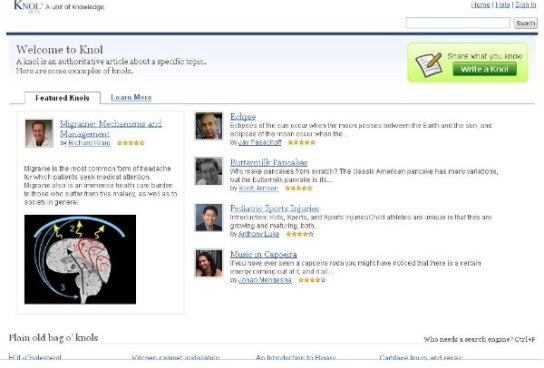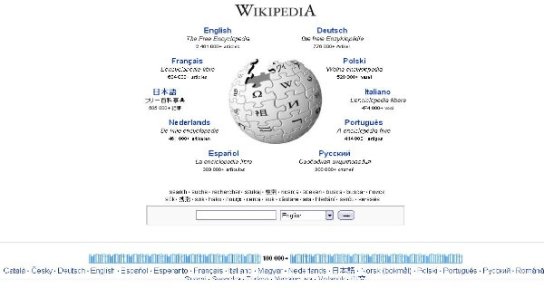internet
A laptop for $10!
When the Government of India’s Ministry of Education announced that it was planning to unveil an ultra low cost laptop for 500 INR (10 USD/8 EUR), the announcement was met with widespread skepticism. This ultra low cost laptop, developed in association with some university departments, was meant to be used by students and was supposed to be a rugged, energy efficient laptop that performed basic computing functions.
The worthless Indian media has been projecting it as India’s answer to the OLPC XO, the student laptop that was expected to cost $100, but ended up costing double that amount. The cheapest laptop at the moment is Jointech’s J-PRO JL7100 Mini Laptop that costs $99. So how could a device be developed for one-tenth of that price?
The “laptop” was unveiled today at Venkateswara University in Tirupathi, in the presence of ministers and government officials. Did it live up to the promise of being the world’s cheapest laptop? Here is a picture of the “laptop”:
The $10 “laptop”, Sakshat…

As it turns out, it is neither a laptop nor does it cost 10 USD! The device is rumoured to cost around 1000 INR (20 USD/16 EUR) at the moment, but a lot of “finetuning” and mass production should see the price drop to $10.
Details are sketchy, but the device is supposed to measure 10″ x 5″ and reportedly has 2 GB of memory, Ethernet and WiFi connectivity, USB port and consume very little power. It can be connected to another computer or a printer. As can be seen in the picture, the device seems to have a tiny display.
What’s clear though, is that the $10 laptop is not a “laptop” by any stretch of the imagination! It seems to be a storage device with a tiny integrated display and some connectivity features. The government wants to distribute it to schools to enable students to download e-books and journals from its education portal. It has reportedly made deals with some textbook publishers for the content, some of it for free.
For the Indian media which has been projecting the device as India’s answer to low cost laptops and claiming that the device would usher in a revolution by bridging the “digital divide”, the unveiling of the “laptop” must have come as a rude shock! Well, that’s how useless the mainstream media in India really is. They don’t have a clue of what’s going on and keep dishing out sheer nonsense. For those who believed that this could be another ultra low cost product from India that has the potential to be a resounding success after the Tata Nano, the “laptop” turned out to be a damp squib! The officials had no answer when they were asked why the device was being touted as a laptop when it was not one. 😡
For now, the technology joke of the year can be awarded jointly to two of India’s worst institutions, the government bureaucracy and the mainstream media!!! 😀
Read Full Post | Make a Comment ( 3 so far )The Vatican looks to harness technology to spread the Word of God
In tune with the times, the Vatican has given the nod to spread the Bible in as many languages as possible using modern means of mass communication.
The Word of God on a pen drive . . .

Image: http://blog.pcnews.ro
At a conference in the Vatican, Catholic bishops argued that the written word was not sufficient and have called for the Holy Bible to be spread using the internet, CDs, DVDs and even iPods. According to an official statement from the Vatican, “The voice of the Divine Word must resonate over the radio, on Internet channels with virtual distribution (and by) CDs, DVDs and iPods, and on television and cinema screens.”
Watch a short video about listening to the Word of God . . .
(If the video does not load, you can watch it here.)
While the Holy See has always been quick to adopt new technologies like the internet to keep pace with the changing times, it still clings on to some outdated beliefs and practices that have no place in the modern world 😐
Read Full Post | Make a Comment ( 10 so far )இது நம்ம Opera!
My favourite web browser is now available in my favourite language! The latest version of Opera (9.60) is now available with its user interface in தமிழ்!
Here are a few screenshots: (Click on the images for a larger view.)
Opera 9.60 in தமிழ் (Tamil) with a non-standard skin . . .
To change the language: Tools—>Preferences—>Language or Ctrl+F12—>Language . . .
This is how my blog looks on the coolest browser on Earth . . .
Google India automatically appears in தமிழ்! . . .
View webpages in தமிழ்! . . .
Besides this, Opera 9.60 has some great new features. Check them out here.
Having realised the potential of the Indian market, Opera has decided to glocalise. Opera 9.60 is also available with the user interface in Telugu and Hindi. User interfaces in the other national languages of India will follow.
இது நம்ம (This is our) Opera!
Three cheers for Opera 9.60!!! 🙂
Related post:
Read Full Post | Make a Comment ( 9 so far )The browser wars
The browser wars have become really hot with Google jumping into the fray with its Chrome browser. Which is your favourite tool to surf the world wide web and why?
5) Microsoft Internet Explorer . . .
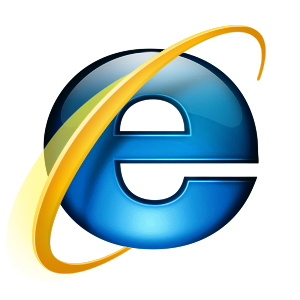
Thanks for taking the poll! 🙂
Read Full Post | Make a Comment ( 14 so far )Will the CherryPal C100 desktop be a success?
CherryPal is about to launch its C100 desktop – which the company claims is “the most affordable, easiest to use and greenest desktop computer available.”
The CherryPal C100 desktop . . .
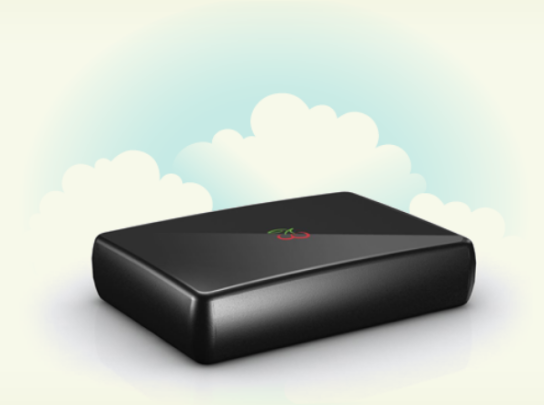
Image: http://www.cherrypal.com/products
Here are the technical specifications of the C100:
Processor: Freescale’s MPC5121e mobileGT processor, 800 MIPS (400 MHz) of processing
Memory: 256 MB of DDR2 DRAM
Storage: 4GB NAND Flash-based solid state drive
Wireless connectivity: WiFi 802.11b/g
Ports: Two USB 2.0 ports
One 10/100 Ethernet with RJ-45 jack
One VGA DB-15 display out jack
Headphone level stereo audio out 3.5 mm jack
9vDC 2.5 mm 10 watt AC-DC adapter power supply
Weight: 283.5 g
Dimensions: 3.3 cm x 14.7 cm x 10.7 cm
According to the company, it uses 80 percent fewer components than a traditional PC, and because it has no moving parts, it operates without making a sound and will last 10 years or more. The company also claims that it uses just 2 W of power compared to the average desktop’s 114 W but will perform most of the functions of a normal desktop. The company does not offer a monitor, mouse or keyboard. The C100 comes with 50 GB online storage space and costs 249 USD.
The CherryPal C100 differs from other desktops because it uses the concept of “cloud computing”. To put it in simple terms, only basic applications like the OpenOffice.org productivity suite, iTunes, a media player and an instant messenger are stored on the device while everything else is on central servers that are maintained, secured and updated by a dedicated team. The user just switches on the device, waits for 20 seconds and accesses everything through a Firefox-based browser. To make full use of the CherryPal, one needs to have a broadband connection. Since everything is maintained on central servers, the user need not worry about things like securing his/her computer from viruses or upgrading his/her software.
Cloud computing is not a new concept. But CherryPal wants to be the first desktop manufacturer to take cloud computing in a big way to the consumer. Will the efforts of the company founded by the German-born technopreneur Max Seybold succeed?
It would be a tough task for CherryPal to achieve success with the C100 desktop in its present form. The C100 has just two USB ports and they would be taken up by the keyboard and the mouse forcing one to use a USB hub to connect other devices. The 4 GB storage space on the device may not be enough. Though the company has promised to include support for as many peripherals as possible in the cloud, it remains to be seen whether they can deliver. And more importantly, the concept of cloud computing itself is not a great idea for a desktop computer. Users would be more comfortable if the applications and data are stored on the device itself instead of having to rely on the cloud for everything.
The C100 is not without competition. There are quite a few manufacturers who are gearing up to launch “nettops” or net-focussed desktops or low-cost desktops and not all of them use cloud computing. The Koolu W.E. Appliance and the ASUS Eee Box are definitely more functional, giving them a big advantage.
However, it is not other nettops that CherryPal should be worried about. “Netbooks“, the term given for low-cost notebook computers or net-focussed notebooks or subnotebooks, are the future of low-cost computing. Netbooks are small notebook computers that perform most of the functions of normal notebooks/laptops but are optimised for internet access, wireless communication and to perform the core-computing functions. They are small, light, energy-efficient, rugged and are becoming very popular around the world. No PC manufacturer wants to be left out of the netbook market as it offers huge volumes. Netbooks are ideal for students and others who want a low-cost, rugged and ultramobile laptop. Women would love them as the average netbook is compact enough to be carried in a small bag.
The ASUS Eee PC 900 . . .
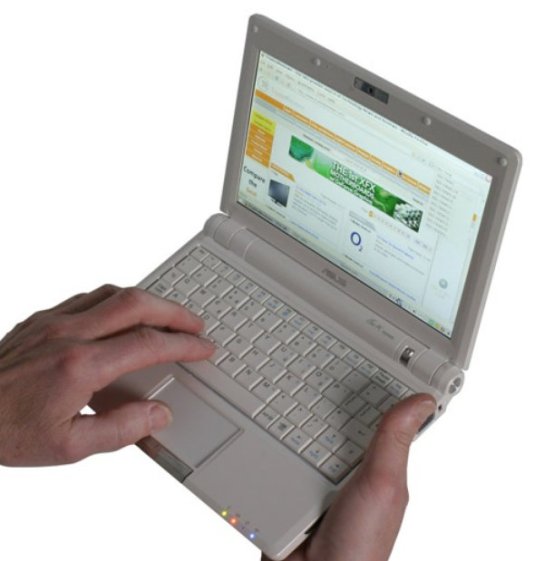
Image: gadgetmaniac.mail2web.com
Looks like the CherryPal C100 has a tough job on its hands!
Read Full Post | Make a Comment ( 16 so far )Can Google take on Wikipedia with Knol?
Google has launched a beta version of Knol (a unit of knowledge), a potential Wikipedia rival.
Google claims a Knol is an authoritative article about a specific topic. Anyone can share their knowledge by writing a Knol. In some ways, a Knol is like a blog post, but one that disseminates knowledge about a particular topic. A Knol author may choose to let anyone edit his/her Knol or prevent it from being edited. By default, moderated collaboration is enabled, which means someone can edit the article only if it gets the approval of the author. Like blogs, anyone can comment on Knols. And like blogs, a Knol may not always present neutral views on controversial topics. This is not that big a disadvantage because there are bound to be different Knols on the same topic written by different persons. Knol authors can also collaborate with others if they wish. Authors can also make money by choosing to include advertisements by Google AdSense. At the moment, Knols can be written only in languages that use the Roman script, but other languages will be included in the future.
Wikipedia works in a different manner. Anyone can create/edit a Wikipedia article but it would be reviewed so that false, irrelevant and unnecessary information does not get published. For articles on controversial topics, the neutrality can be disputed and it would be mentioned at the top of the article. Wikipedia articles exist in almost all languages of the world.
So, will Knol be able to challenge Wikipedia as the most used online encyclopædia? Whether it does or not, Knol is a welcome addition to the world wide web. We live in an age where instant access to knowledge is of paramount importance and more sources of knowledge would be heartily welcomed by netizens. Wikipedia would be my first choice. Which one would you prefer?
Read Full Post | Make a Comment ( 11 so far )











